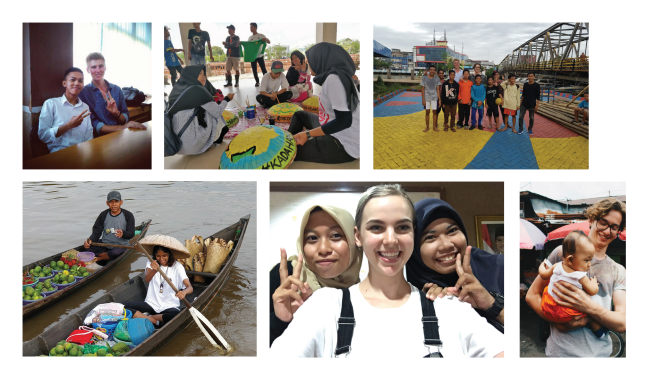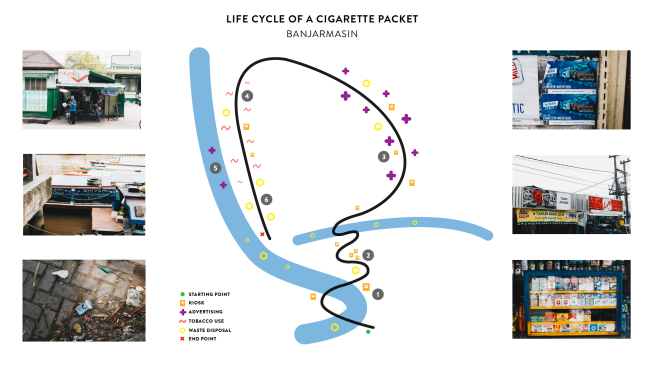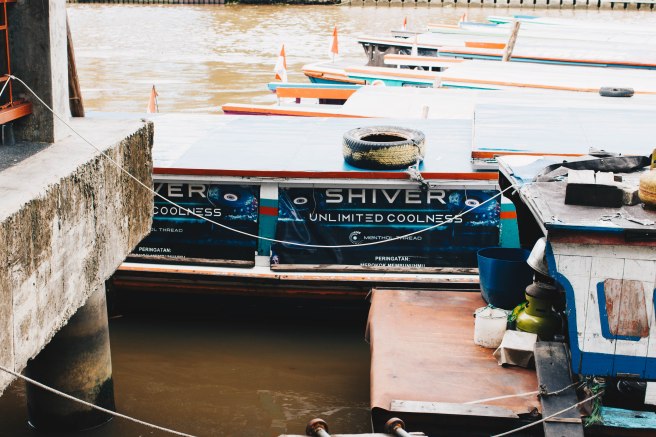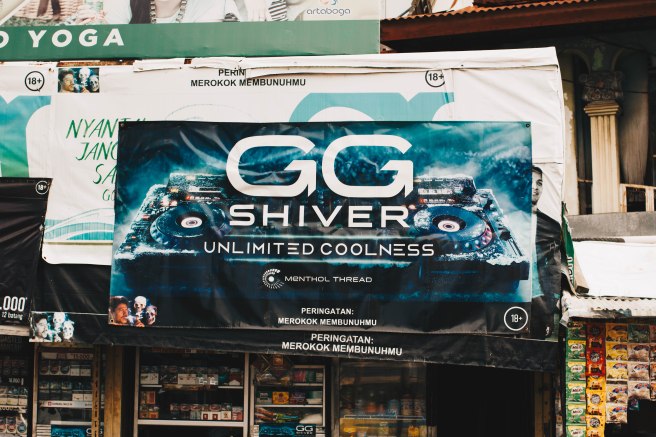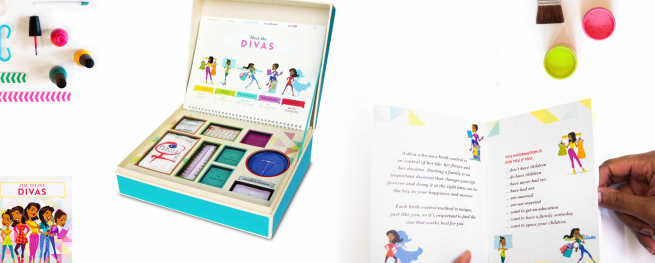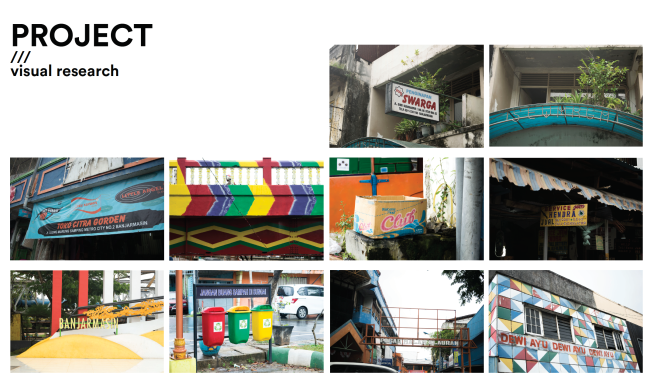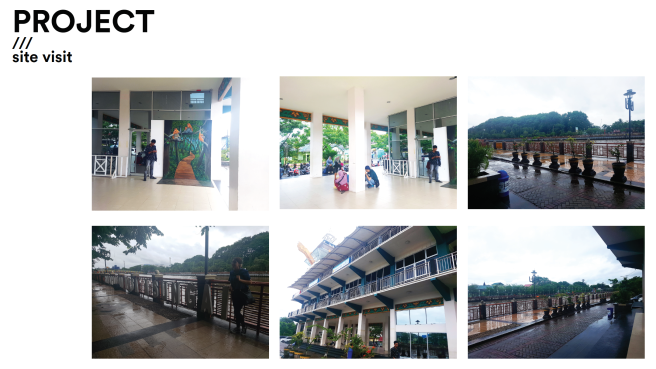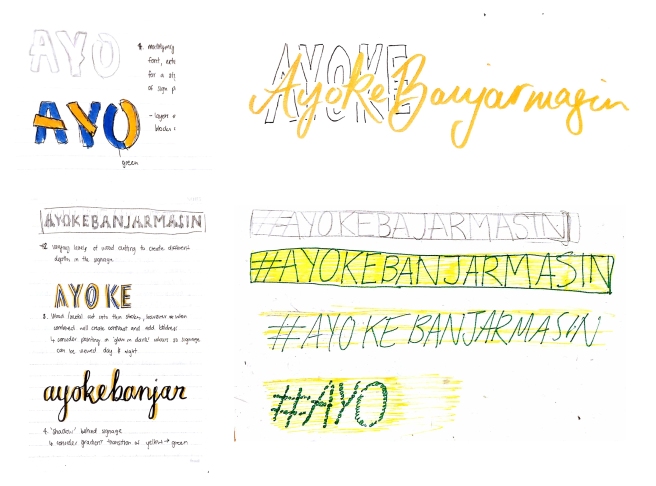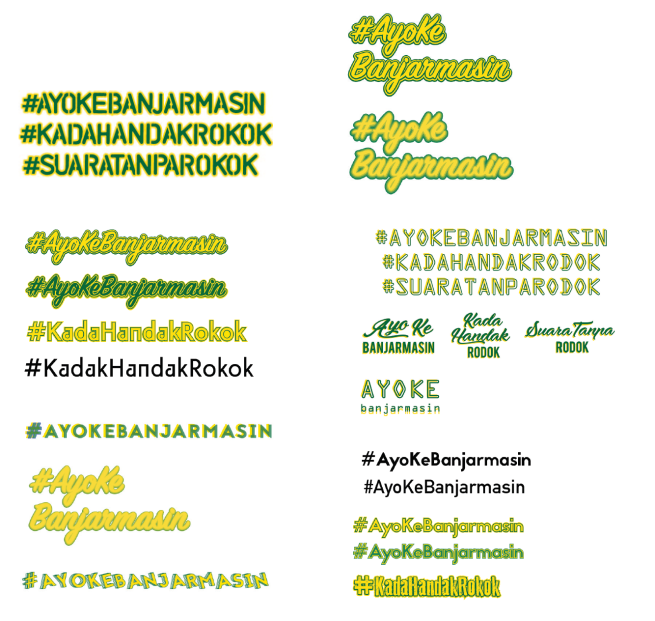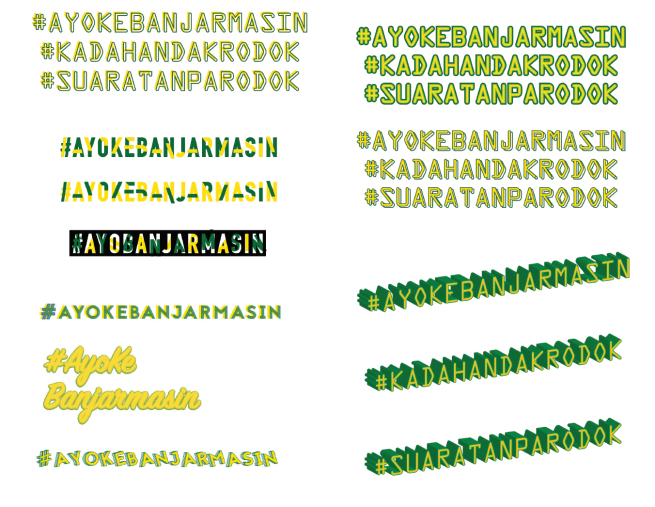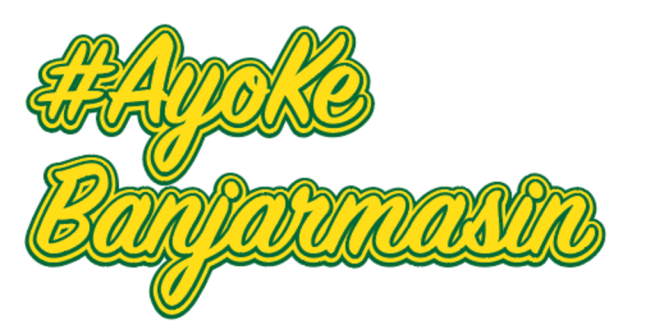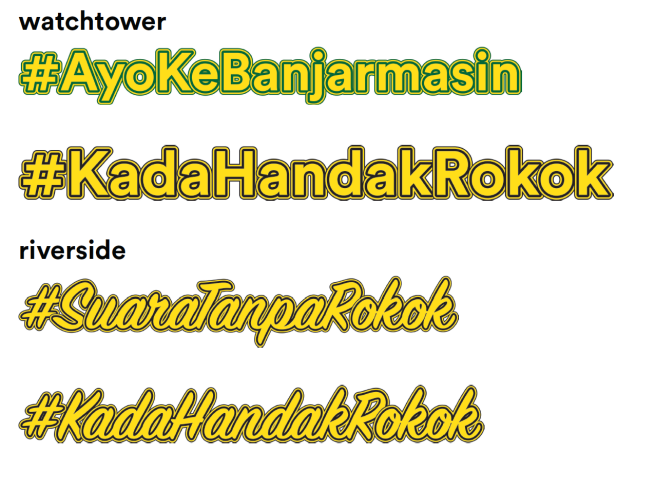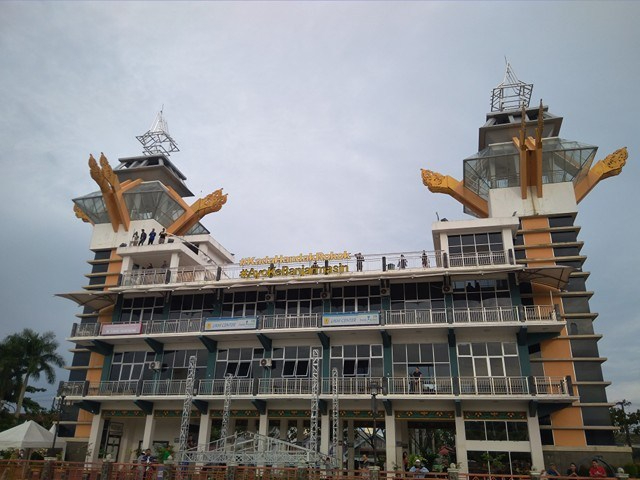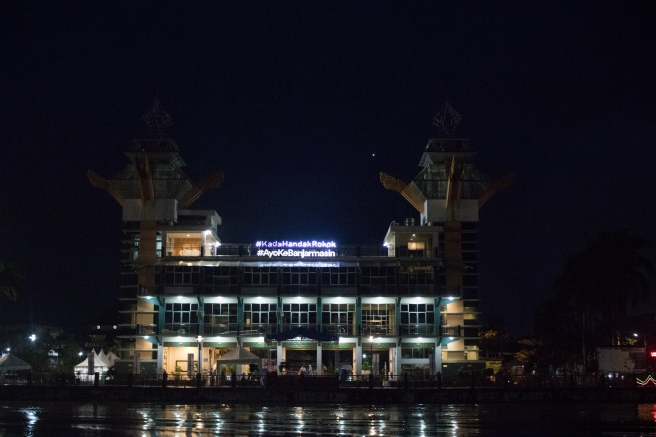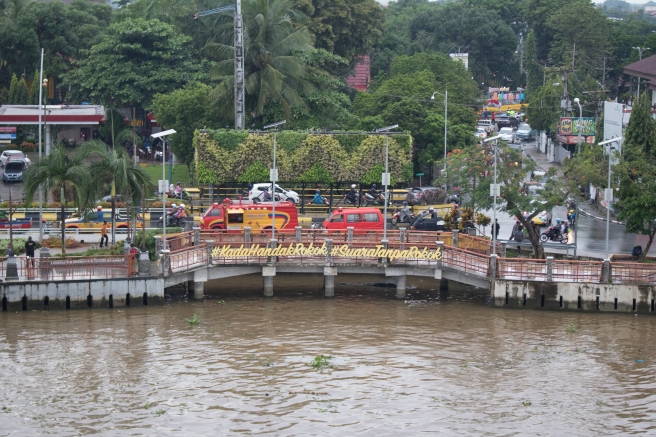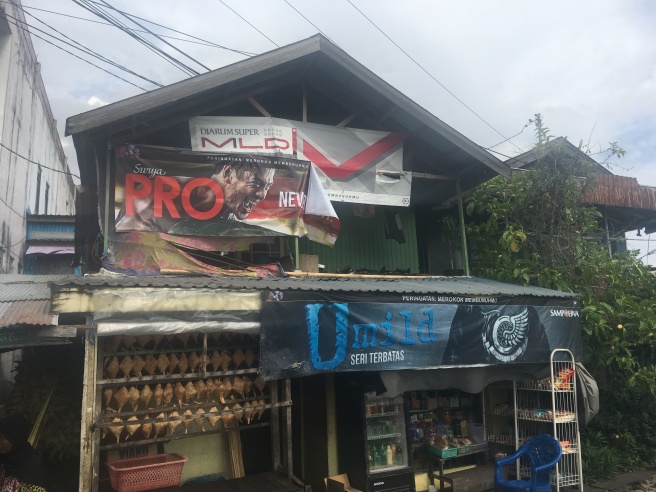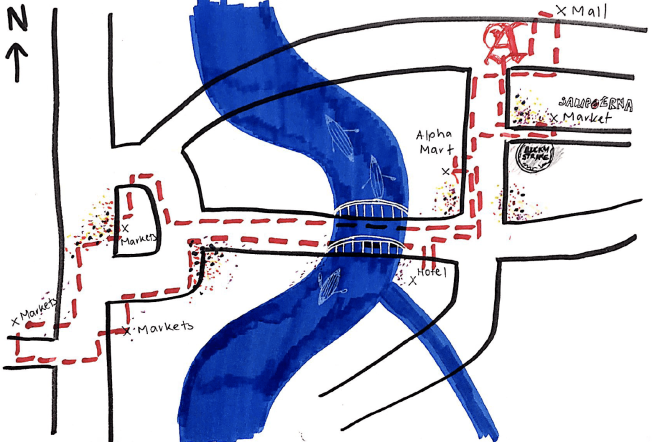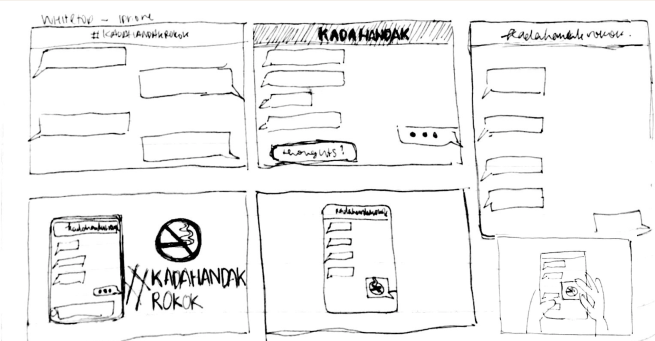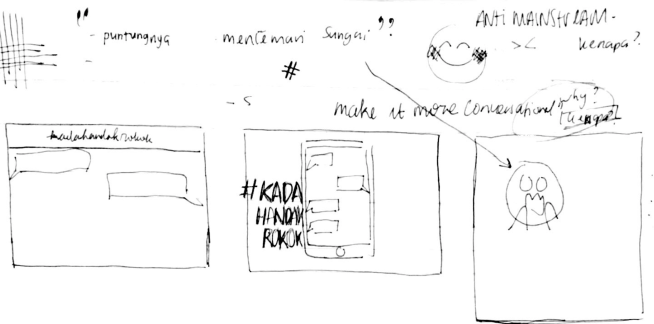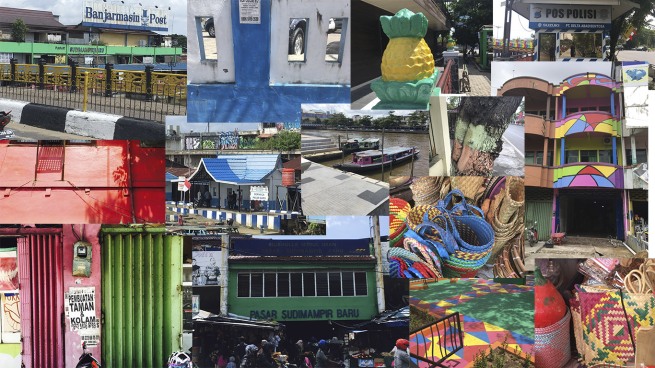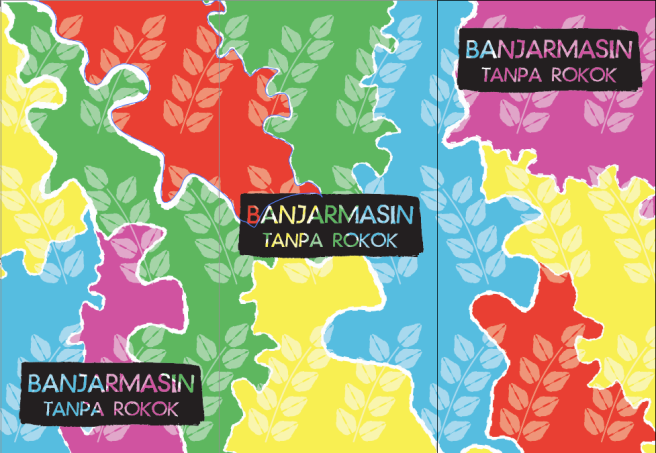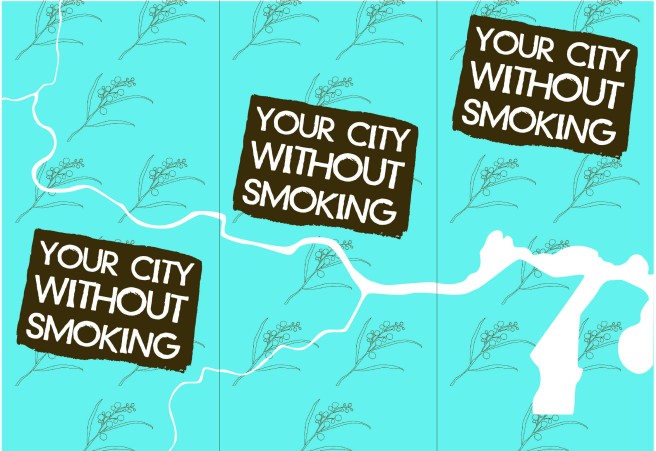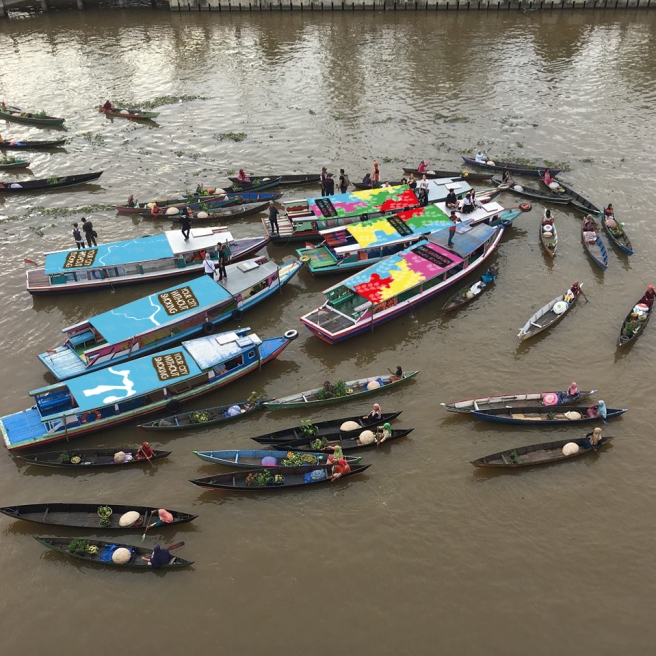
PreImpressions
Through our prep research in Sydney we could see some of the problems. We could see how a developing country could struggle to make a dent in a socially instituted problem. We could see how the industry within thenation caused issues and that our job would not be easy. But it was all theoretical. We didn’t really know anything about the city. We didn’t know how the food tasted, or that we’d be celebrities, or that we’d become mates with people from an utterly different cultural context. More importantly, we didn’t understand how we would help, we just presumed we’d be important, because our help and design skills were the purpose of the trip, right? But of course all the theory in the world would fail to illustrate the reality of Banjarmasin to us, and we felt thus as soon as we arrived.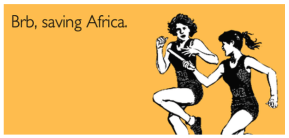
Initial Mapping
As we recorded our observations we quickly realised we were trying to draw conclusions from what we’d seen; the reasons behind design and behaviour. Despite our efforts, our cultural ignorance and limited language isolated us from a genuine understanding of the things we were seeing. We imagined ourselves as bubbles of another culture floating in the much larger cultural bubble of Banjarmasin. This idea formed the foundation of our map; the misshapen bubble.
But realising our deductions were worth nought, we zoomed out to consider the larger structure of our observations; how did the architecture and the food and the work ethic link? We noticed a lack of urgency in behaviour and a fluidity of environment. The city is inconstant, and the people seem unconcerned. The cultural bubble is fluid. The reasons for this and the goodness or badness of it are beside the point; we don’t have the cultural comprehension to decipher it, we only have the authority to experience it.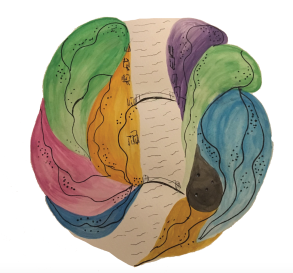
Design Audit
Nonetheless we took quantitative data from our walk, giving us a better sense of the problem. We noticed that the market is predominantly male, with young people smoking more often socially and older men smoking whilst working. This was consolidated in one of our interviews, where the subject shared that smoking is considered masculine; it’s for the ‘gentlemen’. Street vendors and super markets seemed to be primary points of sale, with the most advertising in the city centre dedicated to L.A. Lights. Cigarettes are only purchasable by adults, but it is legal to smoke at any age, with children as young as 4 and 5 engaging in the activity.
Life in Banjarmasin
In addition to this research, we slowly gained cultural literacy through interaction with locals on the street and in shops and with food and in cars, but this was largely superfluous. More significantly, we learned by the friends we made–we were no longer scrabbling at the top of the culture, accepting what leftovers we could; we were invited to be a part of the city with them. This provided the comprehension necessary to deduce, from the little we knew, enough to develop relevant designs for the stakeholders. And even that is generous to say.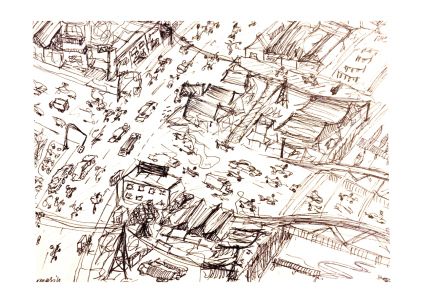
Concept vision
Rather than perpetuating the traditional fear campaign, we wanted to celebrate the vision of a tobacco-free Banjarmasin; a festival isn’t for playing on guilt or anxiety. So our inspiration came from fostering this positivity; healthy lungs for yourself, a safer environment for your family, a good example for your children.
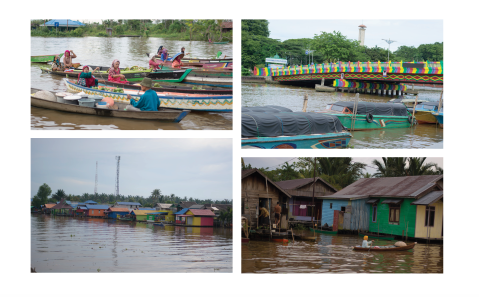
Brainstorm
After establishing our vision, we had a mind dump session to brainstorm as many ideas for each pitch as possible. Some of the highlights included floating hashtags, Batik-styled imagery, and anti-smoking narrative, a 3D/layered frame, a cloth frame and lungs ‘as wings’.

Concept development
After consultation with Jess and Ali, we settled on a floral mobile frame, and a lung mural to develop as our final designs. We then invested in these to refine and improve them both in line with our vision and according to the advice from the tutors.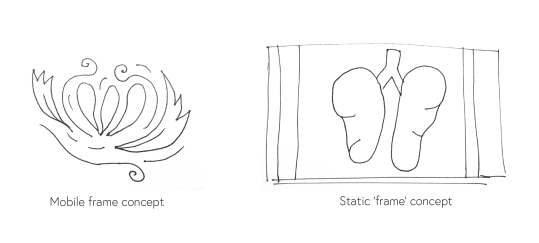
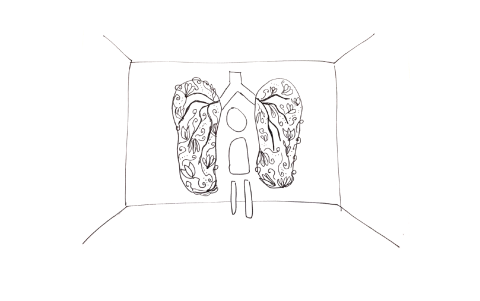
Inspiration
After taking the Sasirangan workshop we were inspired to adapt our concept development to incorporate the style into our illustrations, to offer more recognisable motifs through our final design.
In choosing colour, we collated our photos of the city to create a palette reflective of the city. We colour-swatched from the images and chose a colourful pastel theme, as shown below.
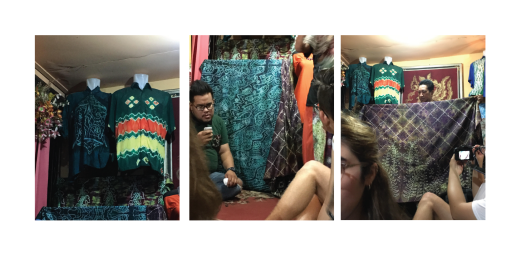
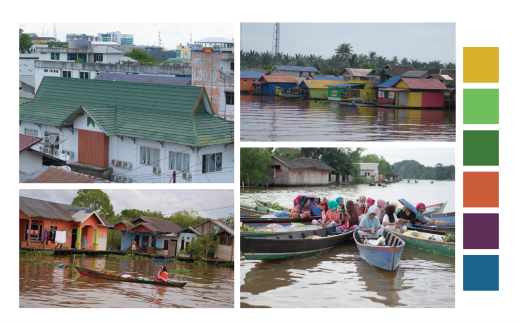
Collaborative drawing
In order to develop the floral theme, the four of us sat down together and drew free form interpretations of floral patterns. We took inspiration from one another as we did so and gathered the most successful elements to adapt as refined illustrations.
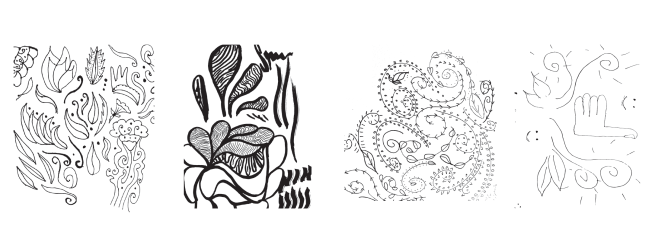
Refined visual elements
We did this in Illustrator, tidying edges and refining the forms to reflect the desired style, adding colour according to our palette. Our illustrations were designed to ensure relevance to both a mobile and static frame.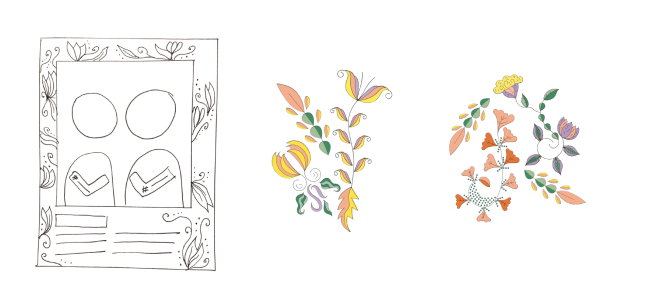
Final Mobile Frame Design
So to lean into the empowerment theme we had established, we used our floral imagery to encourage that positive association with the anti-smoking campaign. We borrowed from local floral and Sasirangan tradition for inspiration in our illustrations, and used pastel colouring to compliment the theme. We balanced the dimensions to maintain ease of use, for holding and carrying, whilst retaining it’s recognition as an Instagram reminiscent frame.
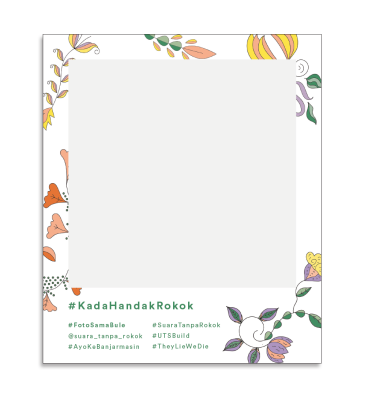
Final Static Frame Design
With our vision in mind, we modelled the lungs off wing murals around the world. Festival-goers could pose in between the healthy, life-filled lungs as though they were wings, becoming themselves a part of the art and of the message.
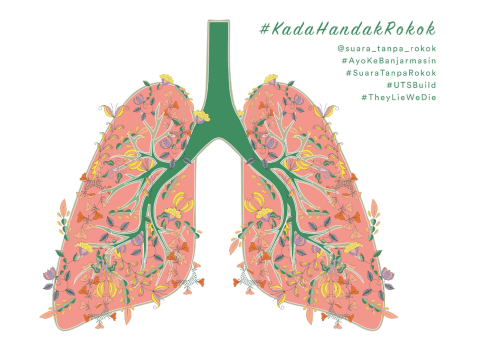
Hiccups
But the process was not smooth! The first mistake we made was in creating a to-scale photoshop(raster) document for the wall, making it a 12m^2 document. The laptop we were using couldn’t handle the size, capping the RAM and preventing us from saving. As a result, we were unable to offer a print version of our design.
On top of this, we took for granted our own role in the production process, and projected onto the VS team our experience of the design industry in Australia. This caused misunderstandings in the executables we needed to undertake, what we needed to follow up and what required further communications. As a result, we had a brief panic after realising we had potentially two large projects to construct and paint ourselves, one more than we’d understood to be in the brief, and only a couple of days to complete them. Fortunately, this stress was alleviated after realising that this was just an extension of our errors in communication.
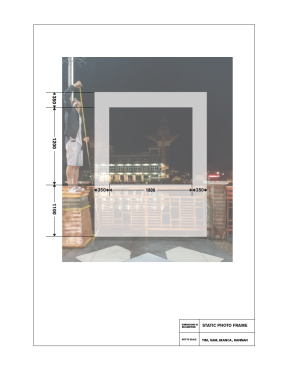
Collaboration
Collaboration was woven throughout the whole process. After receiving our briefs, before beginning to undertake them, we met as a whole group to manage the thematic design of our individual responsibilities in order to ensure cohesion throughout the festival. Before completing our own brief, we assisted the hat group with preparation for and execution of their event. We communicated with them regarding materials and used their leftovers to avoid excess expenditure.
Though as valuable as the in-team collaboration has been, far more significant was the work of VS, in seeing our designs through their production, and working with the media and the local government to make all of it possible.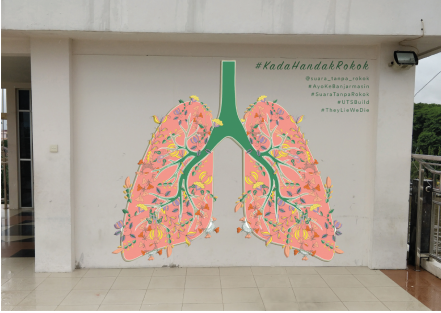
Passion
Of course, through this whole process we were keen to make what impact we could, but over the last few days that feeling has solidified into something more valuable. Now far from a costless philosophy, a city with which we’ve connected, people whom we care about, a movement to lengthen the lives of people we meet every day here, and many more across the nation. In our interviews we heard about worry for parents to the discomfort felt when a friend lights up. From pride in their own health to the tragedy of 5-year old’s smoking. The problem has become real, and our keenness has become a passion. Despite our ignorance we’re proud to be involved.